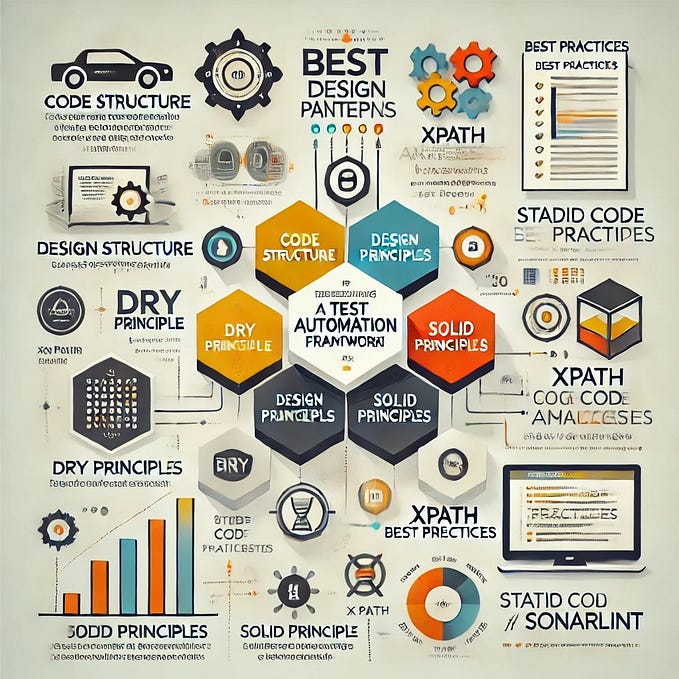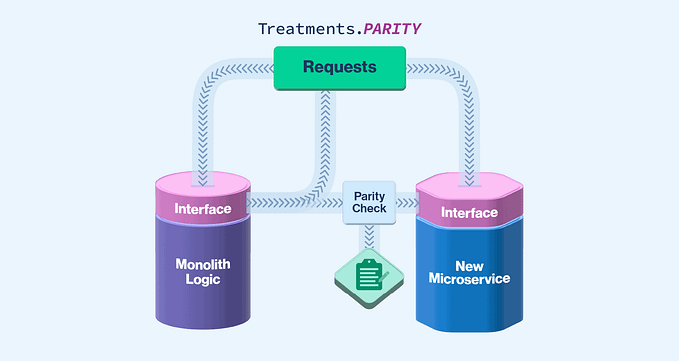Test Automation Framework, Architecture, and Types Explained
A test automation framework provides a strategic and rewarding platform for carrying out test automation activities efficiently. It provides specific protocols and guidelines that lead to minimum human interference and quicker defect detection. Different types of test automation frameworks can be leveraged for carrying out specific testing tasks of a project in a more effective manner.
In this article, you will get to know about the architecture and different types of test automation frameworks.
What is a Test automation framework?
It is a collection of processes and tools that helps in improving the automation testing process. It integrates different functions like various reusable modules, test data and libraries.
A test automation framework is a set of guidelines like object repository treatment, test-data handling, coding standards etc. When these guidelines are followed during automation scripting, then beneficial outcomes are produced like reduced script maintenance cost, higher portability, increased code re-usage etc.
The architecture of the test automation framework:
The relevance of layered architecture:
Layered architecture is the architecture pattern that acts as a base for the test automation framework. The layered architecture consists of components that are organized into horizontal layers and each layer of the architecture has specific responsibilities and roles in the application.
The components that are within a specific layer should deal with only the logic that corresponds to that layer.
Three-layered architecture:
The solution is divided into three horizontal layers and those are the core layer, business layer and test layer. The test layer consists of test scenarios either in a form like BDD feature files or in a programming language. The specific actions related to the system under test are provided by the business layer. The real framework (where the code is being called) is contained in the core layer.
Types of test automation framework:
1. Data-driven framework: Test data is written from external files like DAO objects, ODBC sources, CSV files, Text files, Excel files etc. The test automation scripts are created by passing different sets of test data. The number of scripts required is reduced; hence, less code can be used for testing multiple scenarios.
2. Behavior-driven development framework: It provides a reliable platform for business analysts, developers, testers, etc., for carrying out testing related activities. There is also increased collaboration between developers and testers for carrying out the project work. Test specifications can be created by using natural, non-technical language.
3. Keyword-driven framework: It is also known as table-driven testing. This framework is suitable for applications and projects that are considerably small in scale. The automation test scripts are performed by taking into consideration the keywords that have been specified in the excel sheet of the project. Code can be made reusable by using a single keyword across multiple test scripts.
4. Hybrid test automation framework: It combines the activities of data-driven and keyword-driven frameworks for churning out better results.
5. Modular-driven framework: The test scripts are created in a module-wise format, wherein the whole application is broken down into smaller modules as per the requirements of the client. It divides the script which leads to scalability and easier maintenance.
6. Linear automation framework: Usually, small applications are tested using this framework and it is also called a record and playback framework. Custom code need not be written, which means there is no specific expertise required to carry out test automation activities.
Conclusion:
If you are looking forward to implementing test automation for your specific project, then do get connected with a well-established software testing services company that will provide you with a well-defined testing strategy that is in line with your project specific requirements.
About the author: I am a technical content writer focused on writing technology specific articles. I strive to provide well-researched information on the leading market savvy technologies.









